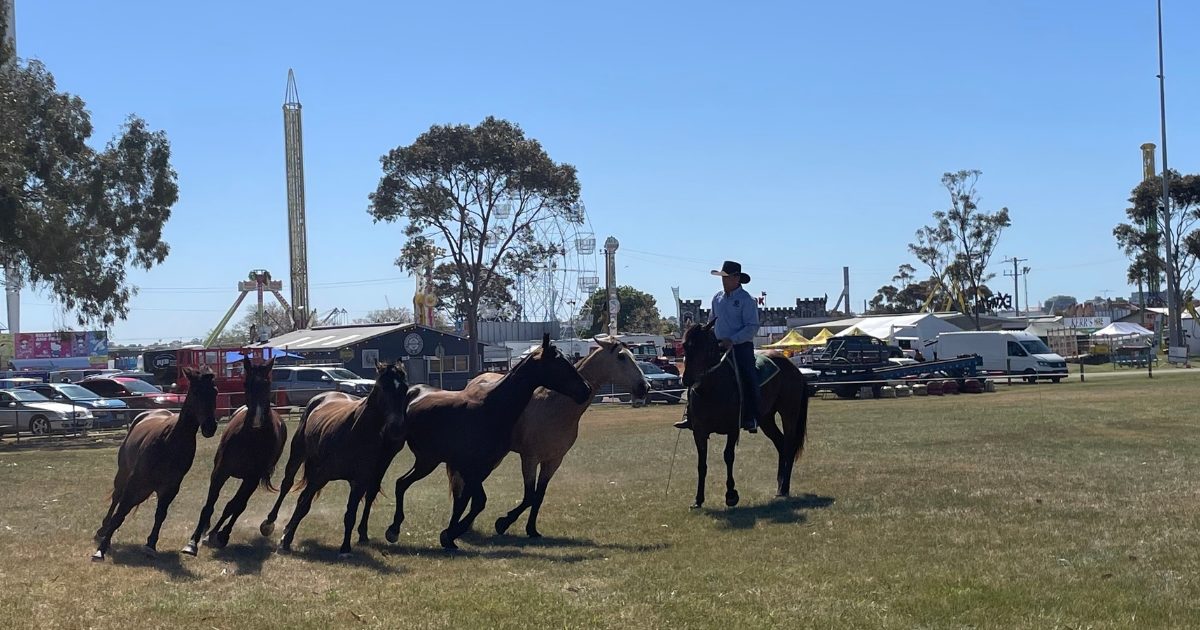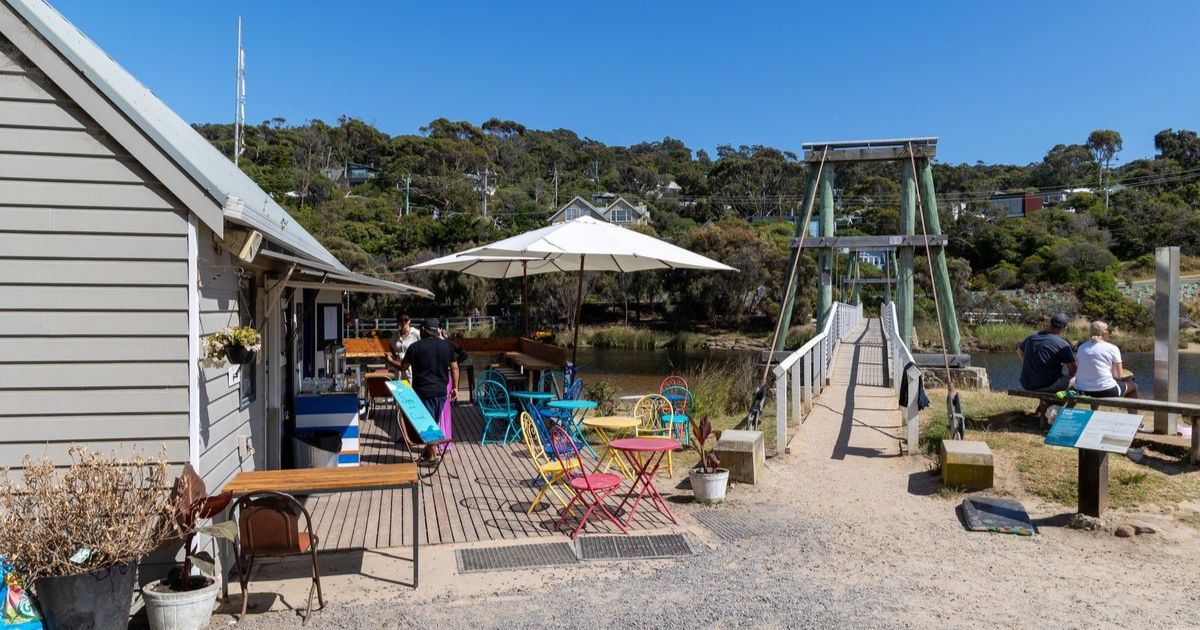Speeds slashed to reduce wildlife harm

Similar to the image seen above, an 80km/h speed sign has been erected at Marengo after a decade of community campaigning. Photo: SUPPLIED
SPEEDS have been slashed along a small stretch of the Great Ocean Road previously identified as a “slaughterhouse” for native wildlife.
Regional Roads Victoria (RRV) last week confirmed a reduction in speed will be imposed between Elliot and Cemetery roads in Marengo following a decade of community campaigning.
On February 4 signage was installed to notify drivers that the speed limit had been reduced from 100 km/h to 80 km/h.
The news comes as the state government faced increasing pressure from animal rights activists and members of parliament to create safer roads for native wildlife and road users in the area.
Community feedback, together with a comprehensive review by RRV, found a speed reduction would facilitate safer crossing opportunities, better access for drivers turning onto or off the road and more consistent speed limits in line with the population growth.
Member for Western Victoria Stuart Grimley is welcoming the news following his role in advocating for an increase in safety measures for the native wildlife.
In September, Mr Grimley called on the state government to consider making the roads safer by lowering the speed limit and implementing a long-term goal of erecting virtual wildlife barriers.
The implementation of virtual wildlife fencing would work to alert the animals to oncoming traffic danger but was dismissed by the state government.
“I think the government missed out on a golden opportunity to trial another area of virtual wildlife fencing, especially since the report of promising results at the Phillip Island trial,” Mr Grimley said.
“However, it is fantastic Regional Roads Victoria has changed the speed limit in Marengo to make the road safer for our wildlife and road users,” he said.
Mr Grimley congratulated Marengo locals who continued to fight for the change in speed for over a decade as wildlife injuries and deaths continued to increase.
The history of accidents occurring across this stretch of road extends to car accidents with three crashes recorded in the five years leading up to 2019.
Traffic volume in the area considerably varies between 1,000 vehicles per day during the off-season and up to 7,300 vehicles during the peak summer months.
Otway Wildlife Group president Willie Bedford was amongst those leading the charge for wildlife safety on the Marengo stretch of road.
“Willie Bedford and the Otway Wildlife Group have been campaigning for this speed limit change for more than a decade,” Mr Grimley said.
“Not only will it make the stretch of road safer for wildlife, but also wildlife rescuers and kids that cross the road to catch the school bus.”
Mr Grimley still believes more will need to be done to ensure the safety for both wildlife and road users.
“It is important that we continue to strike the right balance for every person and animal who use, and live, on the Great Ocean Road,” he said.
A review of speed limits along the Great Ocean Road between Apollo Bay and Port Campbell is now underway.

















